Filter
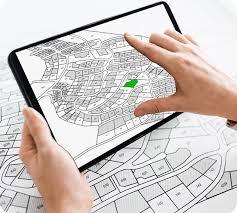
Building Scotland’s Next-Generation Cadastral Mapping Platform for Transparent Land Administration
Read more
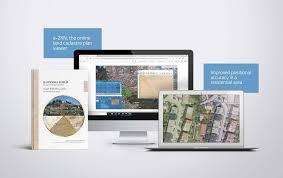
Enhancing Positional Accuracy and Trust in Slovenia’s Authoritative Cadastral Data
Read more
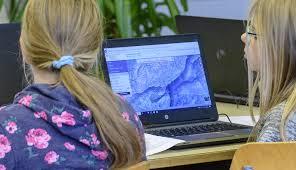
sCHoolmap: Enhancing Geographic Literacy and Real-Life Learning through Interactive Mapping in Swiss Schools
Read more
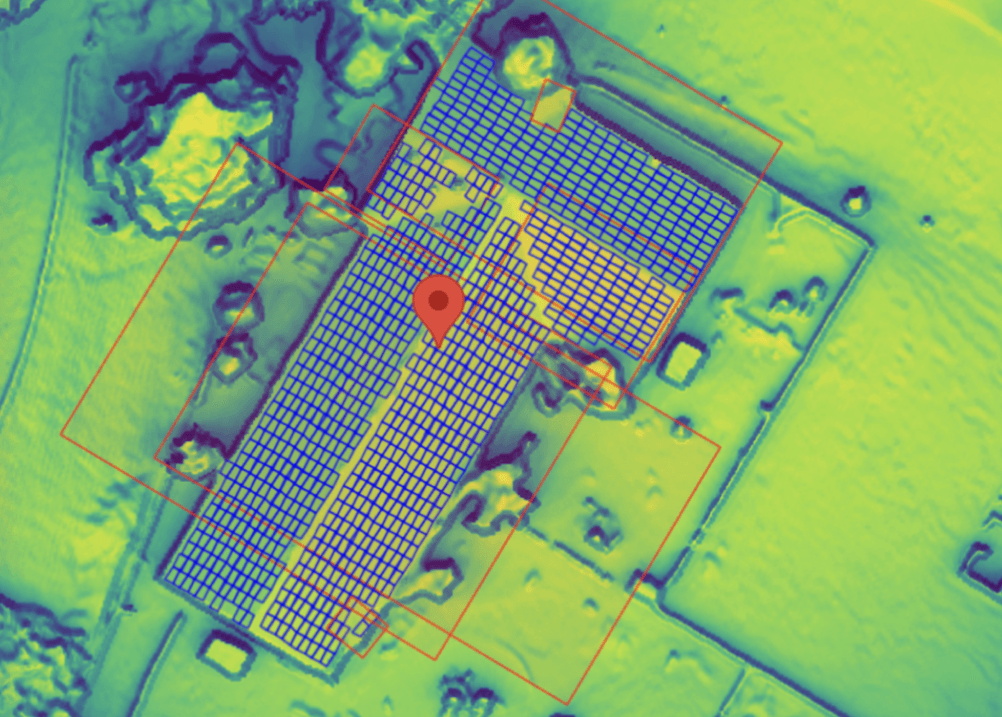
GeoAI-Driven Solar Potential Mapping for Accelerating Energy Transition in the Netherlands
Read more
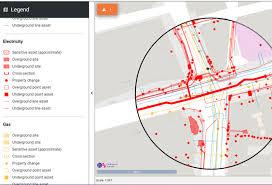
Building a Trusted Data Framework for the National Underground Asset Register (NUAR)
Read more

Establishment of the National Spatial Data Infrastructure (NSDI) for Ukraine
Read more

Digital Transformation of Cadastre Services for Remote Citizen Interaction in Spain
Read more
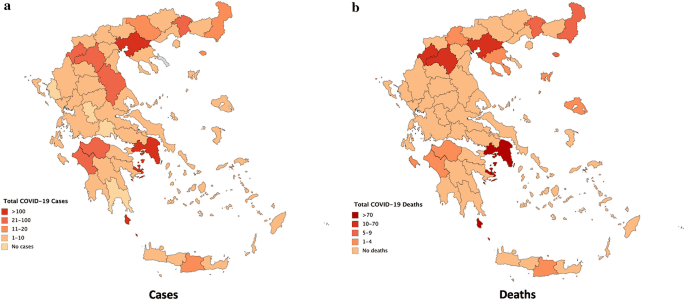
Real-Time Geospatial Covid-19 Tracking and Monitoring System in the Region of Attica
Read more
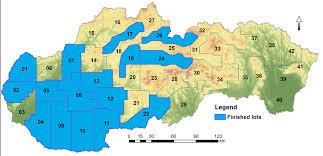
Operationalising Integrated Cadastre and Topographic Data for a Fully Digital Census in Slovakia
Read more
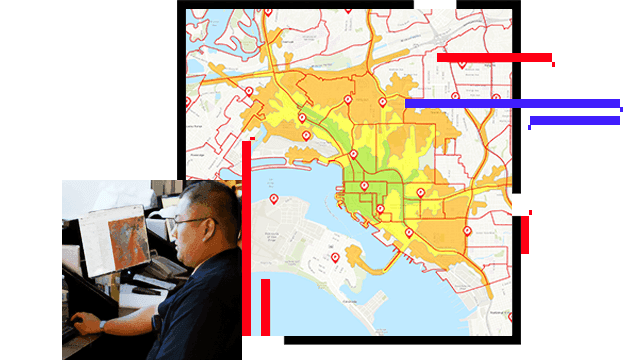
Establishing a Unified Infrastructure Cadastre and Enhanced NSDI Geoportal for Disaster Management in Croatia
Read more
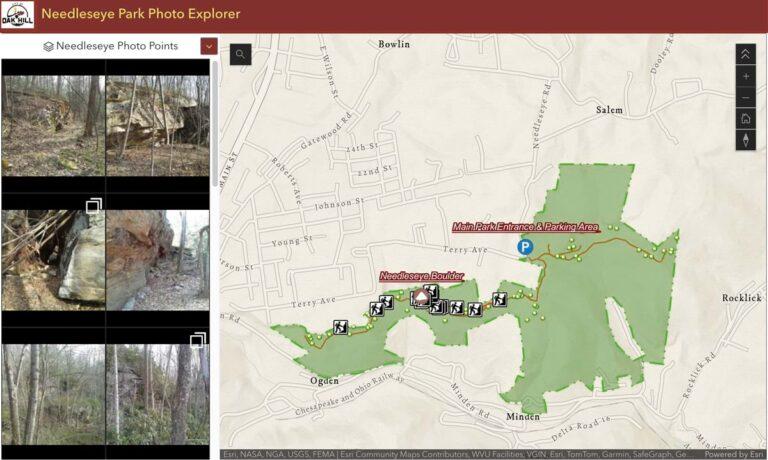
Needleseye Park: Leveraging GIS for Sustainable Recreation and Conservation Development
Read more
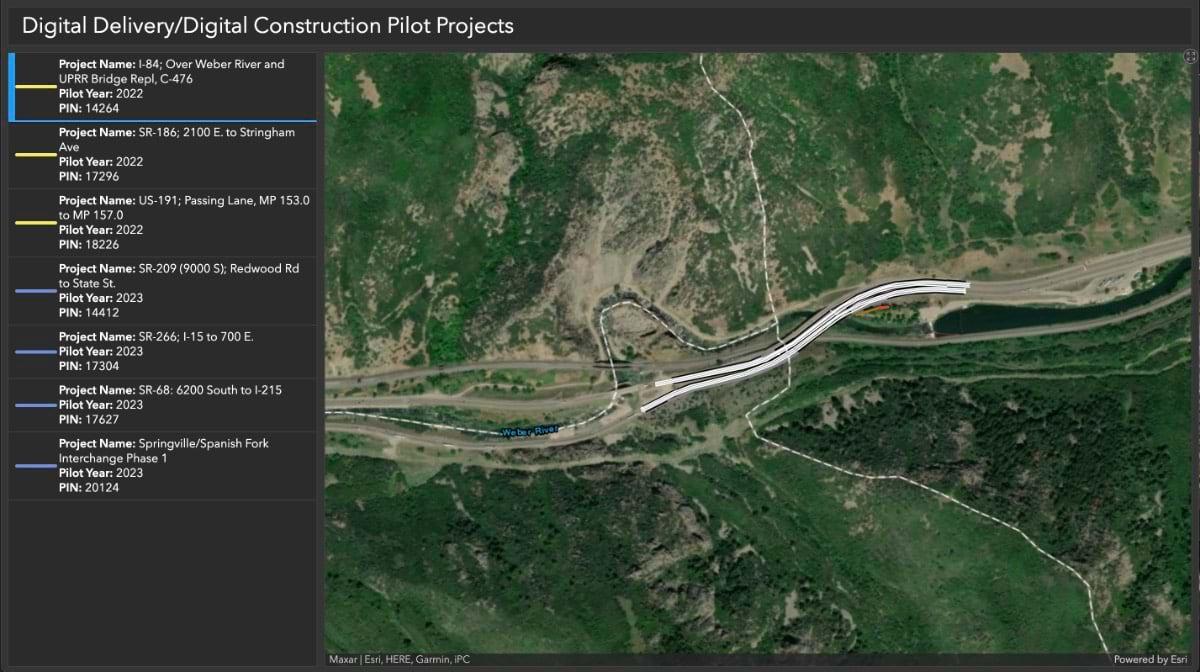
UDOT Digital Delivery: Transforming Infrastructure Projects with BIM, GIS, and Real-Time Digital Twin Integration
Read more

Geospatial Media and Communications Pvt. Ltd.